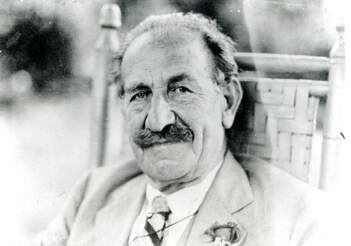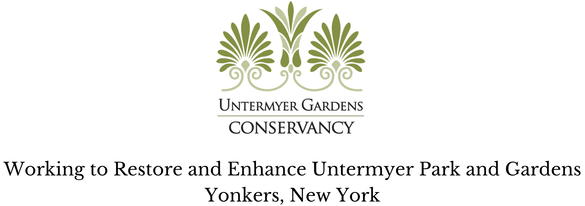Samuel Untermyer
 Samuel Untermyer Samuel Untermyer
Samuel Untermyer was born in Virginia in 1858, and as a boy moved to New York City after the Civil War. He was a founding partner in the law firm of Guggenheimer, Untermyer & Marshall, and was the first lawyer in America to earn a one million dollar fee on a single case. He was also an astute investor, and became extremely wealthy.
Initially he was a corporate lawyer, but later in his career he devoted more time to cases involving the public welfare. As lead counsel for the Pujo Investigation, he was instrumental in the establishment of the Federal Reserve System and advocated for the regulation of stock exchanges and other legal reforms. Samuel Untermyer was one of the most prominent Jews of his day in America. He was a prominent Zionist, and was President of the Keren Hayesod (United Israel Appeal). In addition, he was the president of the Non-Sectarian Anti-Nazi League from 1933-1938, and advocated for a worldwide boycott of Germany and the destruction of Hitler's regime. The Britsh press called him "Hitler's Bitterest Foe."
His wife, Minnie Untermyer, was prominent in cultural circles in New York City. She was one of a small group that transformed the New York Philharmonic in 1909, and brought Gustav Mahler to conduct the orchestra. She was also President of the Poetry Society of America. Along with her husband, she supported women's suffrage and was able to offer her husband's legal skills and significant financial support to groups supporting women's right to vote. Samuel Untermyer was also passionately interested in horticulture. He famously said that if he could do it over again, he would want to be the Parks Commissioner in New York City! Unlike most wealthy garden-owners, Untermyer was expertly knowledgeable about horticulture. The level of horticulture at the Untermyer Gardens was nationally famous, and some great gardeners got their training there. His ambition for the garden was that it be not less than the "finest garden in America."* |
Articles Of Interest
|
* Letter, William Welles Bosworth to John D. Rockefeller, Jr., Rockefeller Archive Center
